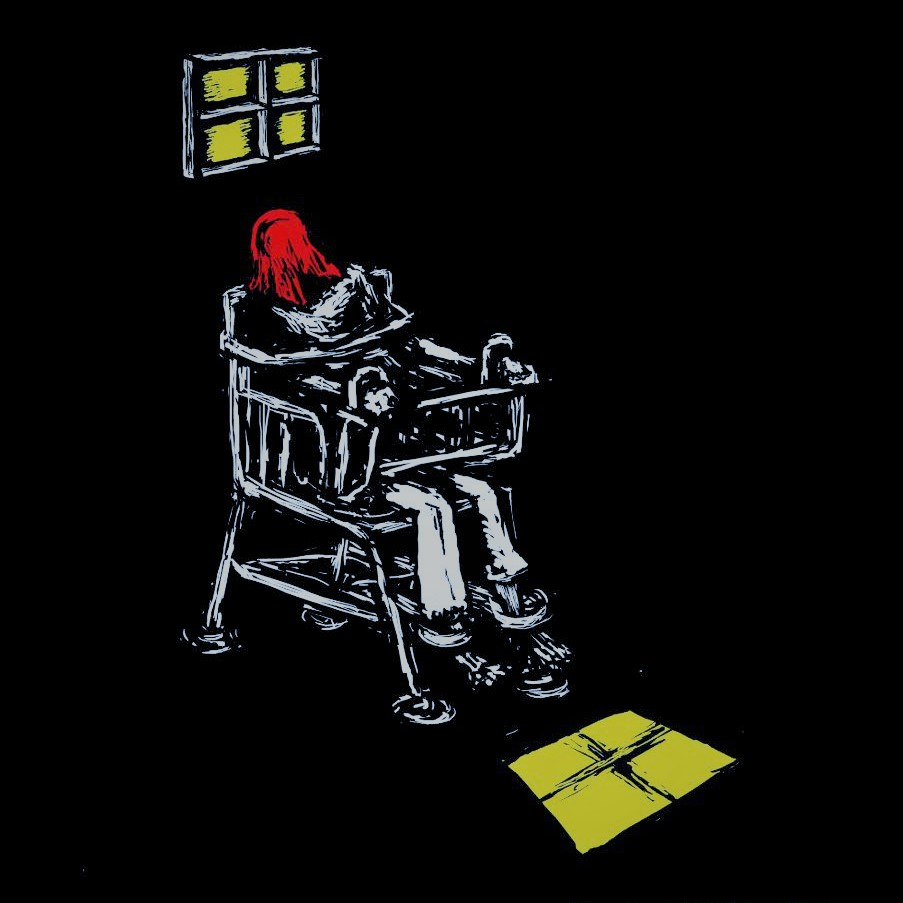Foreigners, torture, and televised confessions: RSDLmonitor launches RSDL prisoner database
 In the first ever database on the use of Residential Surveillance at a Designated Location (RSDL), initial data shows that many victims were not from mainland China, were forced to appear in a televised confession and reported being subjected to torture. These results come from RSDLmonitor’s long-term project to build up a detailed database on the use of RSDL. It will be used to explore how widely RSDL is being employed and what human rights violations – such as torture and lack of prosecutorial oversight – are being systematically abused. The database has 91 cases so far. For more on how the database is being built and to contribute please click here.
In the first ever database on the use of Residential Surveillance at a Designated Location (RSDL), initial data shows that many victims were not from mainland China, were forced to appear in a televised confession and reported being subjected to torture. These results come from RSDLmonitor’s long-term project to build up a detailed database on the use of RSDL. It will be used to explore how widely RSDL is being employed and what human rights violations – such as torture and lack of prosecutorial oversight – are being systematically abused. The database has 91 cases so far. For more on how the database is being built and to contribute please click here.
Some initial results
Where?
- About one third (or 29) of the 91 cases were handled in Beijing or Tianjin.
- There were three grouped cases: Guangdong (a group of petitioners); Jiangsu (activists caught up during the 2016 G20 meeting); and Zhejiang (members of a house church).
- So far, 20 confirmed cases were overseen by the Ministry of State Security (particularly those cases involving foreigners).
Why?
- More than one third were investigated for Endangering State Security crimes; another 10 cases were connected to state or military secrets.
- Another quarter were investigated for public order crimes. Although illegal under Chinese law, these RSDL cases had lawyer and family access and prosecutor oversight denied to the detainee.
Who?
- Most victims of RSDL are men; just 15 women have been identified so far.
- 10 of the 91 cases are not from mainland China (Sweden, UK, Canada, US, Taiwan and Hong Kong).
What?
- All except one of the 25 victims of RSDL that we have information on their treatment, were subjected to various degrees of mental or physical torture. Examples of tortures endured were: sleep deprivation, forced into stress positions, prolonged solitary confinement, and threats to loved ones. Less frequent but still common were: beatings, being shackled into painful positions, and threats to the victim, including death threats.
- In 19 cases – that’s more than one in five, the victim was made to record a televised confession.
- Another 26 victims reported that they were forced to fire their own choice of lawyer.
- Of the 20 cases that provided information on prosecutor oversight, not a single one said they had received a visit.
- Of the 50 cases that provided information on RSDL notification, 30 said their family had been given written notification – although often delayed - while another 11 said notification had only been verbal (in violation of the law). In another 10 cases, the family had not been notified at all.
The database
The database asks wide-ranging questions that cover basic data on the case (suspected crime, location, duration); treatment inside RSDL (forms of torture, lawyer and family access, forced confessions); the ministry responsible and outcomes; and post-RSDL (continued surveillance, physical and mental issues). This is an ongoing project and will generate rich data on this grave human rights violation. For more details see below. The database (which is not being made public because of security concerns for the participants) is compiled by soliciting victims or their families to complete a questionnaire and/or online research. This research is important because neither the Chinese Supreme Court’s nor the Supreme Procurator’s official databases include more than the occasional entry for cases where RSDL has been employed. Furthermore, there is a tendency for human rights groups to only report on cases which involve human rights defenders. The state’s use of RSDL goes much wider than that.
Can you help?
Have you or someone you know been a victim of RSDL since it was legalized (1 January 2013)? If so, please contact RSDLmonitor at contact@RSDLmonitor.com with any information, even if it’s just a name. All information will be kept strictly confidential. If it’s possible to fill in the questionnaire, you may download it here: (RSDL Questionnaire form (EN)). The Chinese version of this questionnaire can be found on this page.
Details on the database
There are four data areas:
- Dataset 1: Basic data on the victim: alleged crime, location of RSDL, date in, release date, duration and what form notification was given if any.
- Dataset 2: Treatment inside RSDL: forms of maltreatment and torture, lawyer access, family notification of whereabouts, forced to relinquish rights to see own lawyer, and forced to record a TV confession.
- Dataset 3: Data on law enforcement side: entry and exit points, ministry responsible (state security or domestic security), whether sent to trial, form of sentencing, form of release.
- Dataset 4: Data on post-RSDL: house arrest, surveillance, and mental/physical consequences and treatment.